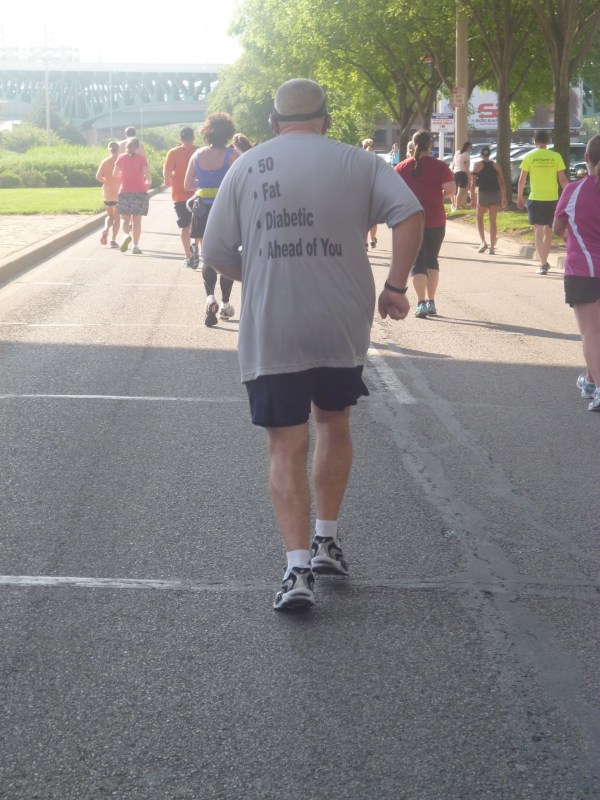November 28th, 2012
Statins and Exercise: Independently Beneficial, Even Better in Combination
Larry Husten, PHD
It’s no secret that statins and exercise are good for people with dyslipidemia. Now a study published in the Lancet offers fresh evidence suggesting that the two may be independently beneficial, and that the two together may yield greater benefits than either alone.
U.S. researchers analyzed data from 10,043 people with dyslipidemia treated at either of two Veterans Affairs Medical Centers. Participants were followed for a median of 10 years, during which time nearly a quarter of them died. After adjustment for baseline characteristics and other risk factors, a mortality reduction was separately and independently associated with statin use and with greater fitness; the largest mortality reduction was found in the subgroup of patients who were taking statins and were highly fit (>9 metabolic equivalents).
The researchers further reported that only a moderate and achievable amount of exercise produced an effect similar to that of statins in people not taking statins. “Improved fitness,” they write, “is an attractive adjunct treatment to statins or an alternative when statins cannot be taken.”
“The fitness necessary to attain protection that is much the same or greater than that achieved by statin treatment in unfit individuals is moderate and feasible for many middle-aged and older adults through moderate intensity physical activity such as walking, gardening, and gym classes,” said lead researcher Peter Kokkinos, in a Lancet press release.
In an accompanying editorial, Pedro Hallal and I-Min Lee write that “the undervaluation of physical activity in clinical practice [is] unacceptable” and that “prescription of physical activity should be placed on a par with drug prescription.”


The results in this study are biased because they have excluded individuals with inability to complete the test because of musculoskeletal pain or impairments.
According to the authors of the clinical statin trials muscular problems occur in less than one per cent, whereas independent researchers have noted much higher numbers. In a cross-sectional study of 1031 consecutive patients in 26 offices of GPs by Moßhammer et al. 44% of statin users had muscular complaints, but only 39 % of non-users, and in a study by Sinzinger et al. about 25 per cent of statin users had muscular problems after exercise.
The reason for these differences may be that in the trials muscular side effects were recorded only if CK was ten times higher than the normal upper limit at two successive determinations. A relevant question is of course what has happened with the patients whose CK was only nine times higher?
Note also that the fully adjusted hazard ratio for the mortality risk was lower for the highly-fit no statin group (0.53) than for the least-fit (1.0) and the moderately-fit (0.65) statin groups.
Here are the references:
Sinzinger H and others. J Cardiovasc Pharm 40, 163-71, 2002. 46
Moßhammer D. et al. Family Practice 2009;26:88-95